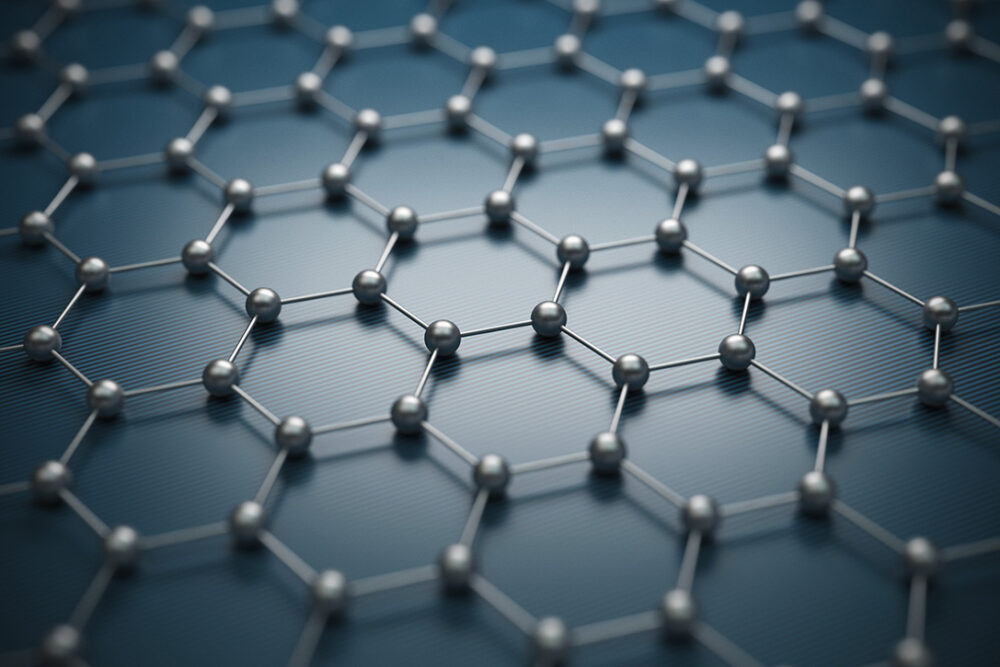Graphene, an allotrope of carbon consisting of a single layer of atoms arranged in a two-dimensional honeycomb lattice, has garnered considerable attention since its isolation in 2004. Dubbed the “wonder material,” graphene possesses extraordinary properties that could revolutionize various industries. Its exceptional strength, electrical conductivity, thermal conductivity, and flexibility spark intrigue regarding whether this remarkable material holds the key to the technological advancements of the future.
At the heart of the fascination with graphene lies its unparalleled mechanical strength. Graphene exhibits a tensile strength of over 130 gigapascals, making it stronger than steel yet significantly lighter. This unique characteristic could pave the way for the development of materials that are not only stronger but also more lightweight, enhancing the durability and efficiency of products from aircraft to electronic devices. The implications for construction and manufacturing could be profound, potentially leading to the next generation of super-materials that improve the performance of existing infrastructures.
Moreover, graphene’s electrical properties are nothing short of astonishing. It exhibits electron mobility that is an order of magnitude greater than that of silicon, making it a prime candidate for next-generation electronic components. Traditional transistors, essential for digital circuits, face physical limitations as they approach the nanoscale. Graphene could enable the creation of faster and more efficient transistors, revolutionizing computing and potentially leading to the advent of quantum computers. This shift could address the growing demand for processing power in areas such as artificial intelligence and machine learning, which require immense computational resources.
Thermal conductivity is another area where graphene excels. It has been observed to have a thermal conductivity exceeding that of any known material, signaling its potential applications in thermoelectric devices. These devices, which convert waste heat into electrical energy, hold promise in enhancing energy efficiency across sectors, from automotive to renewable energy systems. By harnessing graphene’s thermal properties, engineers could devise innovative solutions to some of the pressing energy challenges of our time, thereby fostering a more sustainable future.
In addition to these remarkable characteristics, graphene’s flexibility and lightweight nature offer practical advantages in various applications. Flexible electronic devices, such as wearable technology and foldable displays, could benefit significantly from the incorporation of graphene. Its adaptability enables the production of thinner and more resilient devices, promising a new era of consumer electronics that seamlessly integrate into daily life. Such advancements may redefine user interaction with technology, making it more intuitive and engaging.
However, despite the tantalizing possibilities that graphene presents, several challenges impede its widespread commercialization. The synthesis of high-quality graphene at scale remains a significant hurdle. While techniques such as chemical vapor deposition (CVD) and liquid-phase exfoliation have been developed, achieving cost-effective and efficient production methods that ensure material purity poses ongoing obstacles. Addressing these manufacturing challenges is crucial for realizing graphene’s potential and integrating it into existing technologies.
Moreover, regulatory and safety concerns about the impact of graphene on human health and the environment must be addressed. Research into the biocompatibility and toxicity of graphene has yielded mixed results. Some studies indicate that certain graphene derivatives could exhibit cytotoxic effects, raising alarms about their safe utilization in consumer products and medical applications. Developing comprehensive safety assessments and standardized regulations surrounding graphene is essential for fostering public acceptance and ensuring that the benefits of this material do not come at an unforeseen cost.
Despite these barriers, the potential applications of graphene are vast and diverse, spanning numerous fields. In energy storage, graphene-based supercapacitors could vastly improve the performance of batteries, allowing for quicker charging times and longer lifespans. The increasing demand for efficient energy storage solutions in the context of renewable energy systems accentuates the need for continued research into graphene’s suitability for these applications.
Furthermore, the biotechnology and medical fields stand to benefit significantly from graphene. Its biocompatibility, coupled with its ability to conduct electrical signals, positions it as an exceptional candidate for biosensors and drug delivery systems. Such innovations could lead to more effective diagnostic tools and therapeutic interventions, ultimately enhancing patient outcomes.
In conclusion, while the question “Is graphene the future?” remains complex, the consensus among researchers points toward a resounding ‘yes,’ albeit with caveats. The inherent properties of graphene suggest transformative potential across a myriad of sectors. However, overcoming the challenges related to synthesis, regulation, and safety is paramount for harnessing its capabilities fully. As research progresses, and as innovative solutions to existing problems emerge, the fascination with graphene will likely evolve, propelling the material from the laboratory into the mainstream. Thus, while the future is not yet fully defined, graphene undoubtedly remains a cornerstone of possibility in the landscape of advanced materials and technologies.












